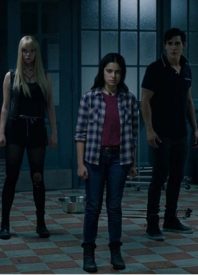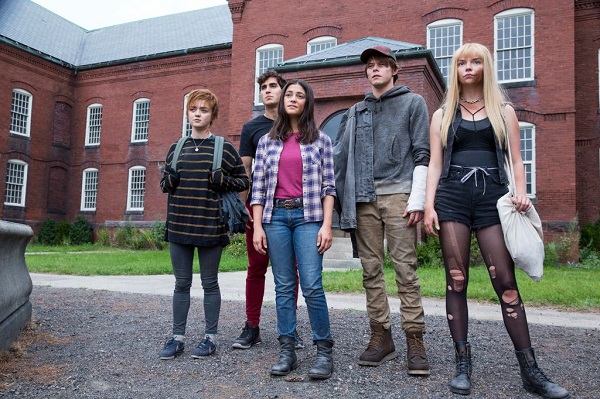
Everybody knows about The New Mutants and its delayed release dates. It stayed in Fox / Disney’s shelf only for it to become one of the first films to play in theaters since the pandemic shut the industry down. It, along with Disney and the industry, got backlash because of this release, but let’s be real about something here. If Disney wanted to kill people, they’d release Black is King and Mulan in theaters. Those are the films audiences want. Instead, the studio released both films on their streaming platform, only to get their own backlash. Although just like most backlashes, there are reasons for the back lashes that both films received.
If Disney wanted to kill nobody, they would have released The One and Only Ivan in theaters. The New Mutants feels like a compromise. It seems to deserve the theatrical format and the experience of seeing it with a crowd. But again, there are the delays and the bad word of mouth. That means that people aren’t going to bother to go take an Uber to their nearest petri dish of a theater for it. Or maybe that’s my misunderstanding of the film market. Most films before the pandemic were adaptations of Marvel comic series, and those fanboys are loyal and obsessive to a fault.
Critics have complained that there’s nothing groundbreaking to see here, and since I have no original ideas, I agree with them. This film doesn’t teach me anything that American Horror Story: Coven already taught me. Just like the witches in Coven, they’re all social outcasts or murderers, one of them a victim of the sexual trauma that their powers caused. It also doesn’t teach me anything I already learned from Logan. If anything, this is a bastardization of Logan. Logan has of the most haunting images of recent films, where a bunch of white militia members hunt down brown children.
In a way, there is some diversity here, although how much diversity is in here is up for debate. Its protagonist is Danielle (Blu Hunt). She’s a teenager from the Cheyenne community who find her community ravaged and ends up handcuffed to a hospital bed. She then joins fellow teen mutants who are mostly white, and the villain is a Hispanic woman, Dr. Reyes (Alice Braga). The people who know me will already know that this dynamic is going to rub me the wrong way. Having a doctor as a villain is also the worst message to put out in the world at this time.
There’s also some backlash in casting Henry Zaga, an Indigenous Brazilian, as Roberto da Costa, an Afro-Brazilian character. I did some quick research on Roberto and found that first, Zaga’s casting is closer than the guy they got the last time. Second, is that some of the series are not good an depicting black characters, and both films and comics need to fix that. We can see the race problem in Bob McLeod’s complaints about Josh Boone’s whitewashing of his characters. One of his complaints is that Danielle doesn’t wear braids. That betrays his own narrow understanding of how people of color should look like.
If anything, the film, which perhaps reflects its source material, has a fascinating way of differentiating its white cast of character. And it does that with the actors’ choice in accents. Maisie Williams lands on two different accents before settling on sounding like a Scottish person. Specifically, either one who watches a lot of American TV or like a Southerner who has Scottish parents. Anya Taylor-Joy sounds like she comes from Brooklyn before sounding like a low effort Russian, reminding me that Brighton Beach exists. And Charlie Heaton lays on a theatrical southern accent thicker than the people who do accent tags from Kentucky because he’s British.
One source of potentially rich things to discuss in this film is its depiction of its female characters. After all, this is probably the first time I reviewed a film where the four most important characters are girls or women. Too bad McLeod and Boone fail to live up to that potential. Taylor-Joy’s character, Ilyana, is a racist with a redemption story. And spoiler alert, two of the female characters in a movie with six characters are queer. Seeing that representation would have made me happy in any mainstream Hollywood film. But it’s too bad that it’s in this irredeemable mess of a film.
- Release Date: 8/28/2020


